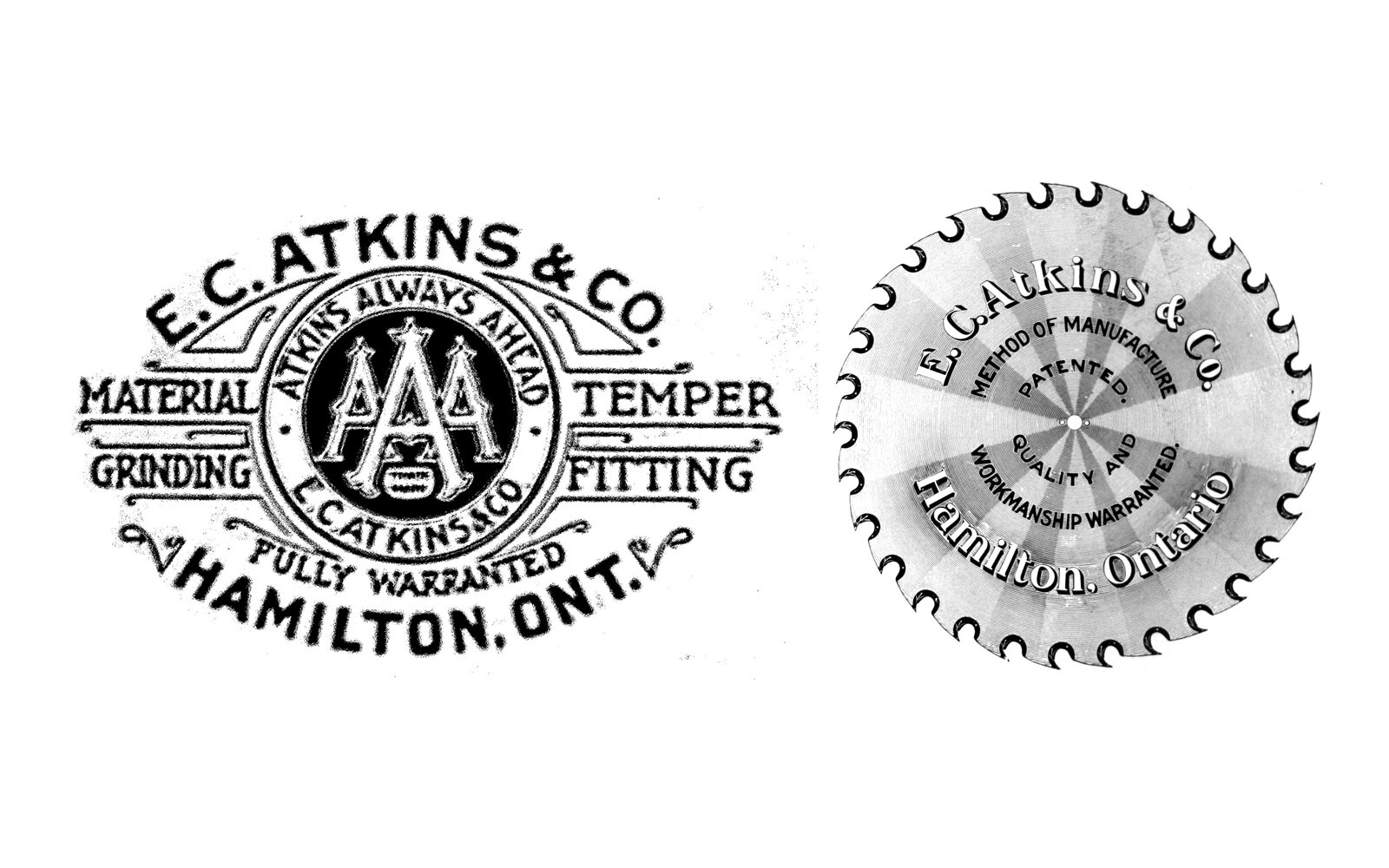Hoepfner Refining Company
(1899)
Set back from Biggar Avenue, you can still see a red-brick building and chimney where this company was formed by many of the same men who had such success with the Hamilton Blast Furnace Company (later, Stelco) in 1895. They wanted to turn Hamilton into the Canadian centre for primary metals.
In 1899, industrial promoter John Patterson led the formation of the Hoepfner Refining Company. The company built this brick refinery building and others in 1899.


Patterson and his colleagues wanted to break the nickel-refining monopoly of the Canadian Copper Company. In the end, company officials failed to develop a cost-efficient refining process that would make production worthwhile. The buildings were never used for their intended purpose.
The company put the unused refinery buildings up for lease in 1905. That year, the Pittsburgh Perfect Wire Fence Company set up in the complex of buildings north of the Toronto, Hamilton & Buffalo Railway spur that ran through the property. Two years later, the E.C. Atkins and Company of Indianapolis, Indiana started a saw blade and machine knife factory in the rest of the buildings, which were set back along Biggar Avenue. In 1933, Sovereign Potters began making semi-porcelain tableware and vitrified hotelware here. Although it no longer occupies the building, most recently, Royal Recycling operated on this site.
Walter Smith started work at Sovereign Potters in 1939, stacking dishes in the drying room. He resumed work here as a “jigger” after returning from air force duty in World War II. This was highly skilled work. Smith used a jig to cut dinner plates and other tableware on his spinning potter’s wheel.
